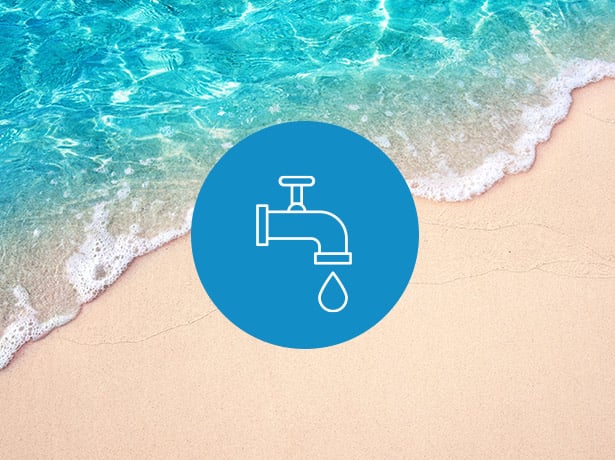Water withdrawal – taking water from groundwater (fresh water stored within the soil’s particles and rocks) or surface-water sources (streams, rivers, lakes, reservoirs) and transporting that water to a place of use.
Water consumption
Water that is withdrawn from an area and is used up through manufacturing processes, human consumption, etc. and is unable to be reused in the area from which it was withdrawn.
Rainwater harvesting
The act of collecting, storing, conveying, and purifying rainwater via systems or technologies so that water can be conserved and later used.
Water reclamation
The process by which municipal wastewater (sewage) or industrial wastewater is converted into water that can be reused for a variety of purposes. Typically, local municipalities are responsible for water reclamation, however, manufacturing sites sometimes move the process on-site. Reclaimed water many times is only viable for irrigation and agricultural purposes, however it can be treated for potable reuse.
Wastewater
Used water that contains substances such as human waste (sewage), food scraps, oils, soaps, and chemicals.


